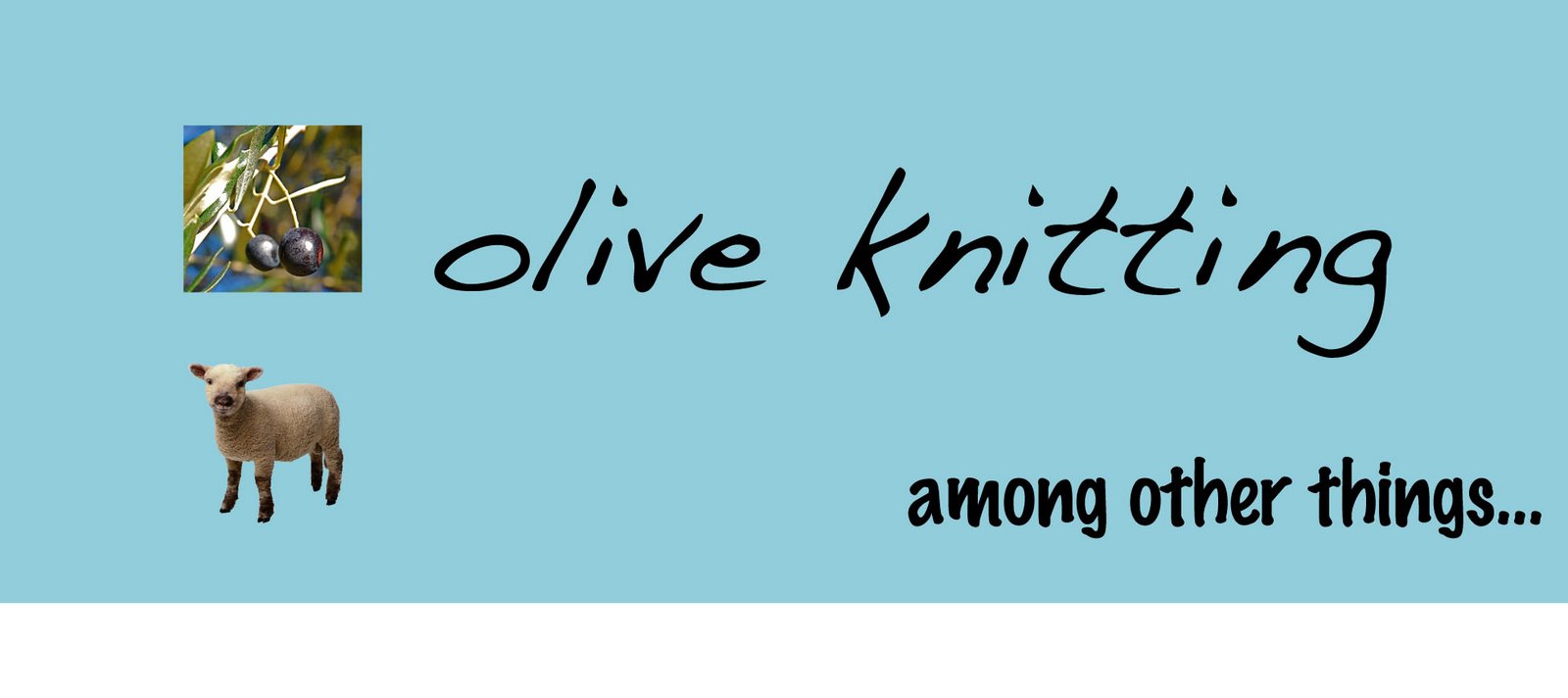Campagna doesn’t really have an English translation as far as I can tell...it’s kind of a cross between an Italian’s country house, weekend house, gentleman’s farm. What it looks like is lots of stalls with animals (raised for their contributions to the dinner table), a bit of land that has amazing vegetable gardens, fruit and olive trees, and a little one or two room house/shack with a kitchen. What a campagna really is is a fort for the Italian guys to play at every weekend. They build things, dig in the dirt, collect big tools, and hangout with each other. I can’t think of an American culture equivalent. Perhaps if there were one the divorce rate in the US wouldn’t be so high.
As much of a champ as Franco’s wife, Lisa, is about most everything, she draws the line at spending time in campagna. She only comes up here if there is some job to be done like making bread, slaughtering a pig, the cherry or olive harvest, or if they are hosting a dinner for 20. So, as I was saying, David gets frequent calls from Franco when he’s wanting a little company at his fort. “Can David come out and play?” He doesn’t really say that, but that’s the gist of it. Sometimes I’m invited too. I’m a bit of a novelty to the guys around here in that, unlike their wives, I LIKE the country way of life, I don’t usually turn down a glass of wine, and I don’t feel tied to a mountain of ironing on a Saturday afternoon.
Another part of a visit to Franco’s is the grocery sack of “goodies” that he insists that you take home. Goodie sacks in the past have contained: bottles of wine, freshly hunted porcini, homemade cheese and salami, chestnuts, peppers, eggplants, fava beans, cherries, tomatoes, chili peppers.
So, when David and Franco stumbled into our kitchen last Sunday after an afternoon at Franco’s campagna, the grocery bag and bottle of wine weren’t that surprising. The freshly picked cabbage was huge and beautiful. The recently cured (and slightly smoked) salami was really delicious, as was the sweet white wine that we “had to drink immediately”. I was, however, taken a little aback when Franco said that he brought me some patè. Franco has never really struck me as a patè kind of a guy.

Franco: It’s patè. Patè! Look. Just spread it on some bread, it’s terrific.
Lynn: Hmm. Patè of what?
David: (jumping into save a potentially insulting situation) Well, patè of PIG, of course, honey.
Franco: It’s pig…pig patè.
Yes, of course it is. Pig patè – Maberga Style.
As you may recall, after last year’s pig slaughter season we were gifted some “geletino”. Now, don’t confuse pig jello and pig patè. Trust me, they are two different things. I couldn’t really tell you what either of them is but they are different.
As recommended (and insisted upon) by Franco while we were drinking sweet wine and eating smoked salami, we spread some patè on bread and ate it. I still can’t tell you what it is. I can tell you, though, that I have not repeated that culinary experience. The taste was pretty good but the texture, well...have a look:

Any of you readers who are more knowledgeable than David or I are in: 1. pig slaughters, 2. patès, 3. general pig by-products, or 4. southern Italian culture and food stuffs, please write a comment. Enlighten us as to just what we were given. For example, was it a big no-no that David smeared pig patè all over a chicken we roasted last night?







All right, here we go. Your pate´ is not a pate´ in the ordinary meaning of the word. In french (and danish!) it is called Confit or Rilettes and you make this in order to conserve various kinds of meat. Maybe you heard about Confit de Canard which is a famous and very delicious dish. It is very popular in DK again for people who likes to make slow food. The closest word in english will be "potting".
ReplyDeleteIt is a long process where you salt the meat and boil it slowly for a very long time in its own fat. Then you put it sterilized glasses and close it with a layer of fat. This way you can keep it for some month if you dont break the fat. It was a way of preserving precious meat in the happy days before the refrigerator was invented.
Putting it on top of a chicken? Well of course you can do it. Normally you empty a glass over a good Cassoulet, which is another famous dish made with beans.